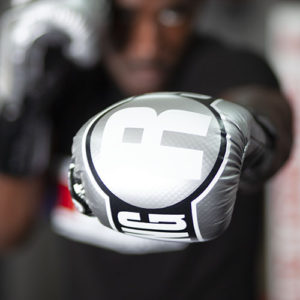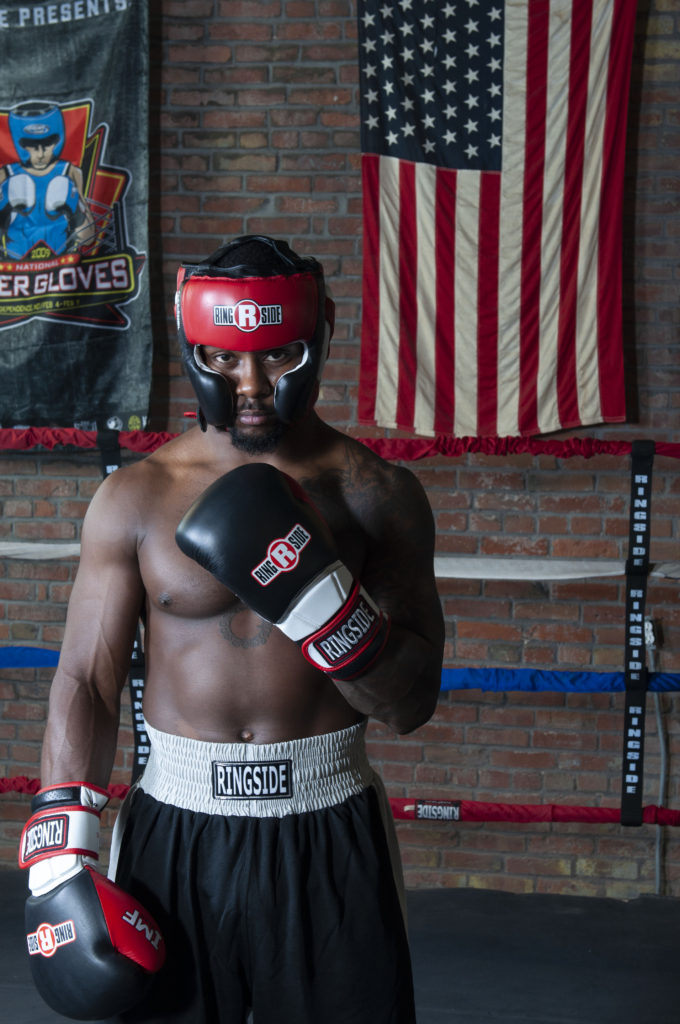Boxers will face more hand injuries than other single type of injury over the course of their career. Because there are so many small bones in your hand, it is absolutely imperative that you take every precaution available to protect them. Proper hand wrapping is the best method of preventing an injury that could keep you out of this great sport. We recognize the importance of protecting your hands and have provided the following instructions to teach you the proper method using a standard hand wrap.
Please keep in mind that this is a general guide and other methods do exist. We feel that the method below is a good starting point and covers all the basic points of proper hand protection. Continue reading “The Proper Way to Wrap Your Hands”
Month: February 2019
Understanding the Technology Behind Ringside’s Products
 How many times have you been leaving the boxing gym and said, “Oh man, I forgot my himantes,” as you head out of the gym? Hopefully, never.
How many times have you been leaving the boxing gym and said, “Oh man, I forgot my himantes,” as you head out of the gym? Hopefully, never.
Himantes were the equivalent of gloves in Ancient Greek boxing. Fighters wore leather straps over their hands, wrapping strips of oxhide across the knuckles while leaving fingers free. These crude hand wraps protected one’s knuckles from abrasion and increased the effectiveness of strikes. That’s all well and good, but they provided practically no protection from impact force. Thankfully they bear next to zero resemblance to today’s high-tech products.
Fast forward to today, where gloves are engineered primarily as protective equipment, and it’s evident just how much boxing gear of all kinds has evolved. Before you hit the heavy bag or step in the ring, take a moment to understand the technology behind our products. Continue reading “Understanding the Technology Behind Ringside’s Products”
Sizing Matters: Getting the Right Size for your Boxing Equipment
 Details matter. How many times have you heard a parent, teacher, boss, or coach utter some variation of that during your formative years? How many times have you found it to be true? “A Lot” is probably the answer to both questions, and elite athletes often have to be super focused on the details to succeed.
Details matter. How many times have you heard a parent, teacher, boss, or coach utter some variation of that during your formative years? How many times have you found it to be true? “A Lot” is probably the answer to both questions, and elite athletes often have to be super focused on the details to succeed.
Former NBA star Bill Bradley offers one of the best examples of this phenomenon. While home training in Missouri one summer, Bradley noticed many of his jump shots were sailing just a tad long. He eventually insisted the basket he was practicing on was not the regulation ten-feet tall. Turns out, he was right. It was shorter by an inch.
The lesson here is that for athletes of all ages and ability levels, you need to have and practice with the right size equipment to get better. With a particular emphasis on getting properly sized gloves, here’s a look at why sizing matters when it comes to boxing equipment. Continue reading “Sizing Matters: Getting the Right Size for your Boxing Equipment”
The Science Behind your Coach’s Training Regime
NOTE: This article was edited on 2/18/19 to include more information about Velocity Based Training (VBT) and common devices used to measure movement speed for use with VBT.
If you’ve been following this blog for a while then you know that boxing training constitutes more than just physical strength. We’ve discussed speed, movement, endurance, and mental preparation.
Now, we’re going to take a look at the science that supports the training that goes into boxing. If you understand the physical principles involved, then you will be able to better identify ways to maximize strength, speed, and your overall boxing prowess every time you put on your headgear and step into the ring.
 Continue reading “The Science Behind your Coach’s Training Regime”
Continue reading “The Science Behind your Coach’s Training Regime”
Foam Rolling for Boxers – Improving Post-Fight Recovery

GUEST POST: To talk to you this week, we reached out to a local expert on the topic of using foam rollers and massage balls to recover after a fight or workout. Foam rolling and other forms of trigger point therapy are growing in popularity throughout the sports world. As Dr. Love shows, they are incredibly effective for treating some of the unique stresses of boxing and mma. You can reach Dr. Love at Love Chiropractic, the practice she shares with her husband, Dr. Adam Love.
When you’re in the ring or shadowboxing, maintaining a proper fighting stance keeps you ready to react, allows for fluidity of movement, and maximizes proper transference of force. However, holding that body position can also lead to fatigue and tightness in muscles throughout the body, especially in the legs and shoulders. After a hard workout or an intense competition, this tightness and fatigue can turn to pain or reduced mobility if left un-addressed.
To help reverse these issues, athletes in many sports have turned to foam-rolling and other forms self-myofascial release. In fact, focusing on release of trigger points or adhesions (small areas of tension in the muscle or fascia surrounding the muscle that impede smooth movement) has been shown to be incredibly important to reducing muscle soreness, improving flexibility and enhancing range of motion following exercise—especially high intensity workouts. An October 2018 study just showed that self-myofascial release is beneficial in reducing fatigue-induced losses of power and velocity.
Read on to learn about two of the main types of self-myofascial release exercises: foam rolling and massage ball releases. I’ve highlighted three exercises in each category that will work the most common areas of tightness in boxers and MMA fighters. Continue reading “Foam Rolling for Boxers – Improving Post-Fight Recovery”

